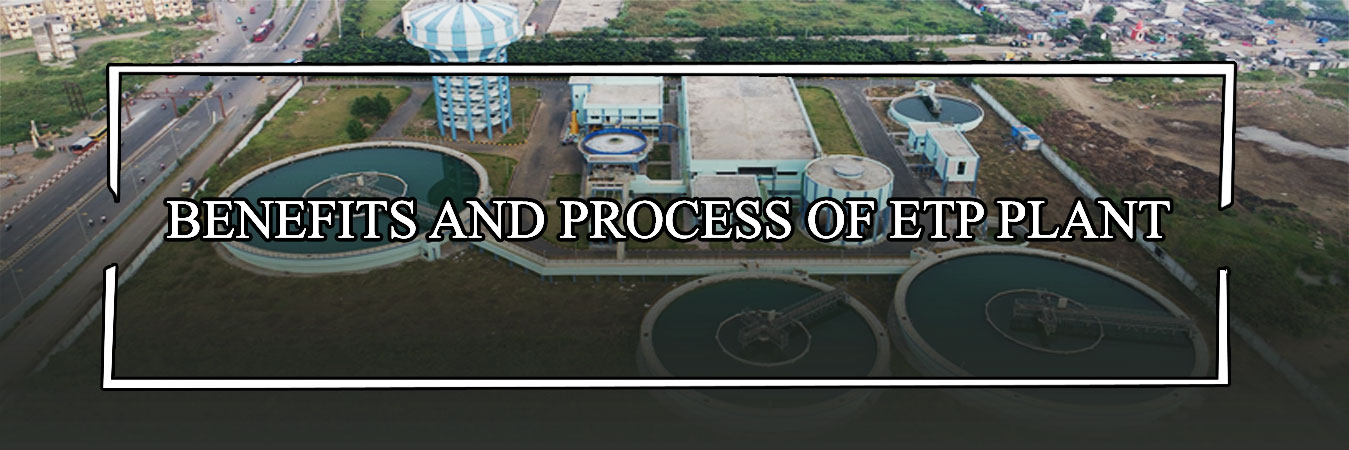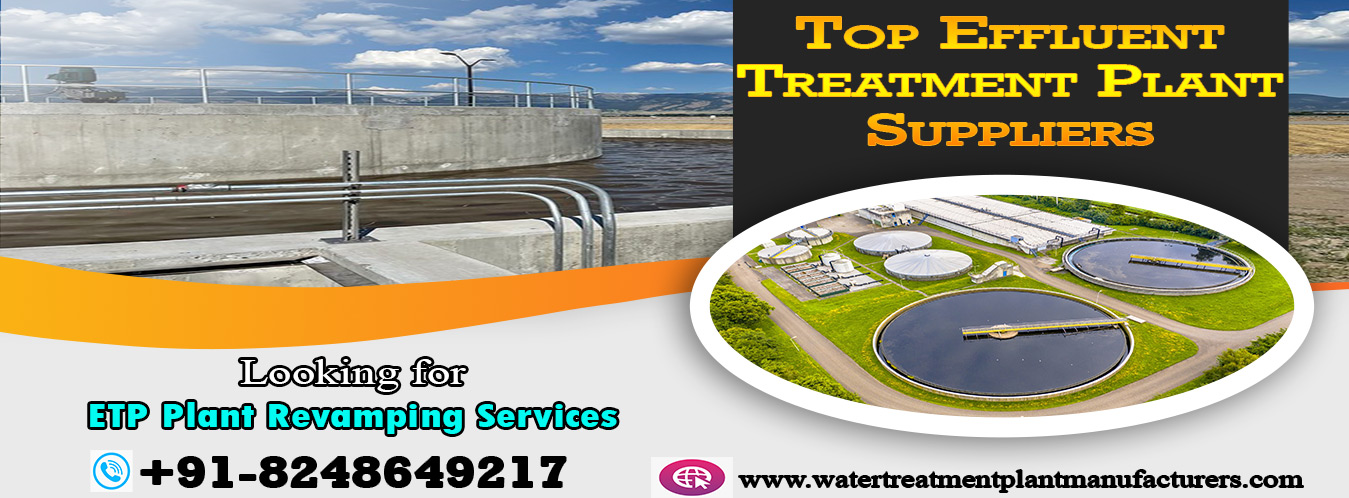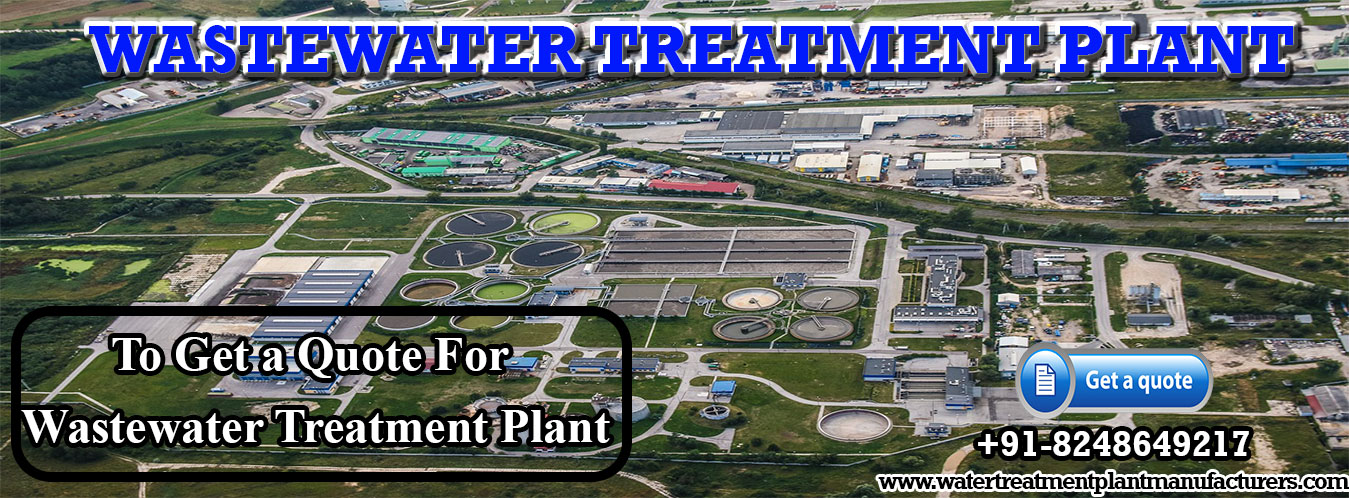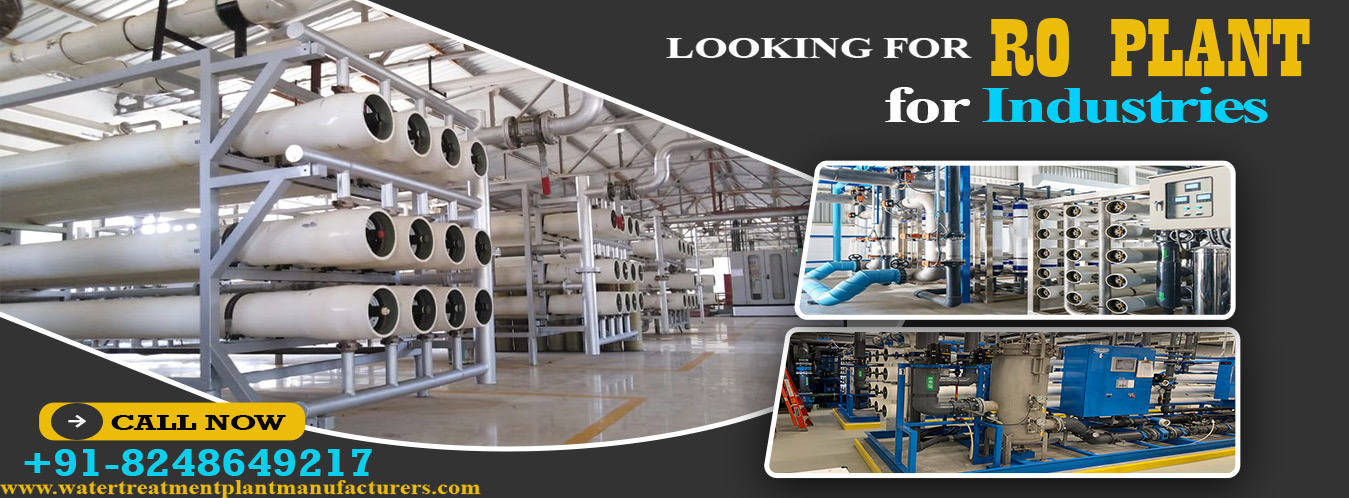
WELCOME
GJ WATER TECHNOLOGIES

WELCOME
GJ WATER TECHNOLOGIES

WELCOME
GJ WATER TECHNOLOGIES

WELCOME
GJ WATER TECHNOLOGIES

A waste water treatment process (WWTP) that is used to treat waste water is referred to as an effluent treatment plant, or ETP. It is primarily utilised in sectors like pharmaceuticals, textiles, and chemicals where there is a risk of severe water contamination. Domestic sewage and industrial waste water are both treated in large part by effluent treatment plants.
In the wastewater treatment process of an ETP plant, organic matter, inorganic matter, heavy metals, oil & grease, suspended particles, and other contaminants are treated. There are different kinds of wastewater treatment plants, including chemical, biological, combined chemical and biological, and thermal.
The treatments conceptual approach calls for the elimination of suspended matter, the dissolution of organic matter, and the handling of sludge for disposal. Various processes that are involved are:
The raw effluent from various processing units is balanced in the equalization tank. The wastewater is gathered in an already-existing mixed effluent tank and pumped to an already-existing aeration tank, which also serves as an equalization tank. The effluent is homogenized using the floating aerator before being pumped to the neutralization tank for treatment.
*The Bureau of Indian Standards specifies that the pH of effluent should range from 5.5 to 9.0. (BIS).
*Wastewater's pH is changed through pH neutralization.
*Acidic waste is waste that has a low pH, and bases are used to change the pH of a solution.
*Acids are used to alter a solution's pH in the case of alkali waste (high pH).
Adding liquid aluminium sulphate to untreated water is a method known as coagulation. Due to the mixing that results, tiny dirt particles stick together. Through settling and filtration, it is simple to remove the larger, heavier particles created by the combination of these smaller ones.
Water moves slowly during this process, which causes the heavy particles to sink to the bottom. The particles that collect at the bottom of a container are known as sludge.
The process of filtering involves putting water through a device that traps particles. Sand and gravel layers are used to create the filters. These filters need to be cleaned frequently using backwashing.
Water is disinfected before it enters the distribution system. Water is cleaned and disinfected using chlorine.
Running and keeping an effluent treatment plant because there are numerous health risks, working in an ETP or sewage treatment plant is difficult. Operators and plant managers ought to be mentally sharp and physically fit. They should also gladly accept and complete any assignments that are given to them.
One should never disregard their own or other people's safety while carrying out these duties because they are frequently subjected to loud noises and offensive odors. Physical presence is important in this type of work, often in an unclean environment. Because ETP or STP plants must operate continuously, they frequently work 8-hour rotating shifts without weekends or holidays. They occasionally had to put in extra time.
You must conduct routine maintenance and sporadic system inspections to make sure your ETP runs effectively. Any lapse or failure to do so could result in permanent loss of some parts and irreparable damage to the pipeline.
An ETP's maintenance is not difficult. You must conduct regular inspections. If you notice a problem with the system or damage to it, you must act right away to prevent further harm to the plant. The efficient operation of a sewage treatment plant is due to a variety of factors.
Industrial effluents, contaminated water from outlet pipes, reservoirs, rivers, and lakes, among other things, are cleaned at effluent treatment plants before being recycled for use in a variety of ways. When there is a chance of severe water contamination, ETP are typically installed in industries like the textile, pharmaceutical, leather, and chemical industries. The application of these treatments depends on a variety of aspects or characteristics of the waste water as well as the location or available space for the plants.
Before being released back into the environment, contaminated and polluted industrial water is treated at such an effluent treatment plant to make it usable. Humans won't be able to access clean, usable water for daily tasks without this treatment.
ETP uses a wastewater treatment process to remove contaminants like oil and grease, suspended solids, heavy metals, organic and inorganic matter, and organic matter. ETP can be implemented using either a batch process or a continuous flow process methodology.
You must be aware of what to watch out for and how to choose a manufacturer that is appropriate for your business and the services you require. The following advice is provided to help shoppers make informed decisions.
• Know your options; the value and cost will depend on your needs.
• Review and contrast the proposals, weighing the advantages and disadvantages.
• Know the dangers present?
• Find out what each manufacturer claims set them apart, and then hold them to that standard.
• Inquire about prior reviews provided by each vendor by contacting references.
• Learn about the services provided by each practitioner after treatment.
Effluent Treatment Plants are small, simple to operate, and specially designed to fit your unique application. In order to provide you with the best Effluent Treatment option, the decision regarding technology, construction material, and onsite vs. offsite package will be made by mutual agreement.
Making a purchase will be simpler if you know what makes a company unique, and you'll be able to hold the provider to the same standards they're claiming. We encounter clients all too frequently who claim to have not seen their current vendor in months despite the fact that monthly visits are supposed to take place. Make sure you and the treater have a clear understanding of their deliverables up front and that you hold them to that standard.
ETP Plant represents Effluent Treatment Plant, is a cycle which is designed for treating the industrial wastewater for making it reusable or safe release into the nature. It accepts untreated industrial wastewater as influent and subsequent to treating it produces the effluent because of treated industrial wastewater. During the treatment cycle it likewise isolates sludge.
Effluent Treatment Plants are utilized by all driving industries to treat their wastewater. All the main pharmaceutical, chemical, material, and other industry that create the wastewater utilized ETP's to sanitize water and eliminate any non harmful or poisonous materials or chemical from it. Every one of the companies utilized these plant to keep the public authority rule, and for climate protection.
ETP Plant assumes a vital part for treating the industrial wastewater. ETP are for the most part used to get the industrial wastewater make it reusable water or to safe release in to the climate. Presently Days it's obligatory for each industry to Introduce ETP Plants according to unofficial laws to treat their waste and wastewater for making it more reusable or for safe release into the nature.
Wastewater release plants are utilized to treat wastewater prior to delivering it into the climate. Keeping a wastewater release plant is fundamental since they are significant in guaranteeing that the climate stays clean. The main thing you ought to do is ensure that the effluent release plant gathers the wastewater and never returns it to the climate.
To reuse the water for additional purposes, the emanating treatment plant filters harmful material, contaminated water from streams and lakes, and so on. These are many times utilized in enterprises where there is a gamble of serious water contamination, like drugs, materials, tanneries, and synthetic chemicals. Prior to delivering them back to nature, such treatment plants guarantee that the dirtied and poisonous water from industrial facilities is dealt with.
